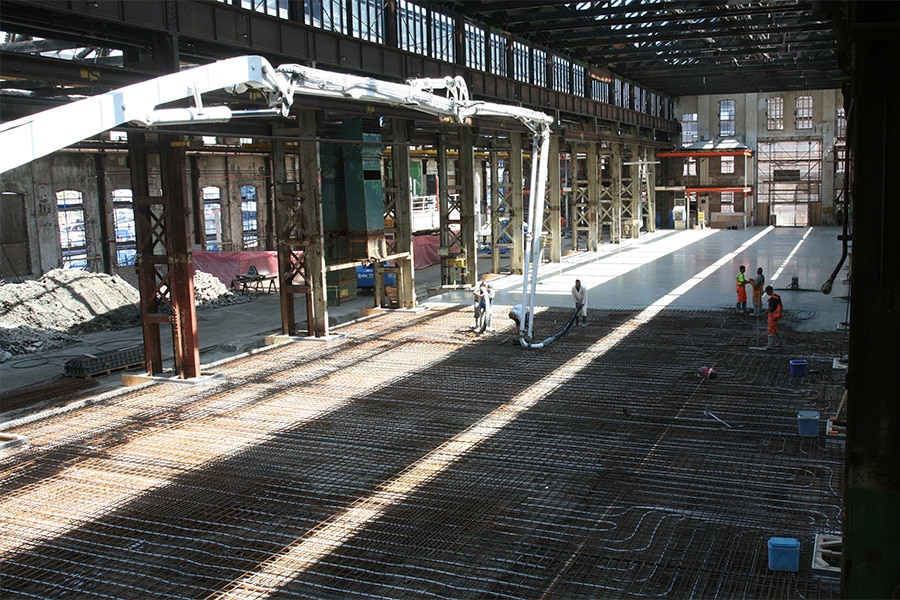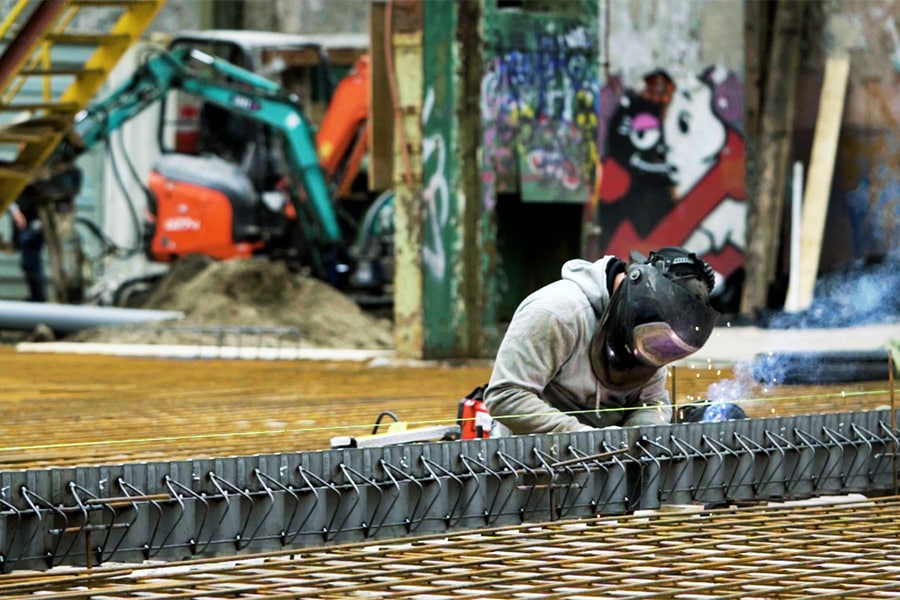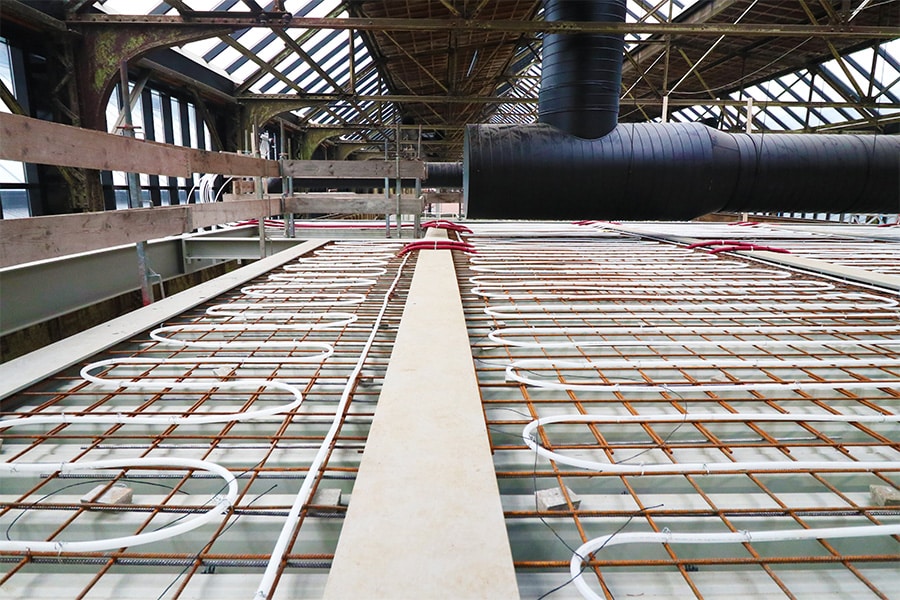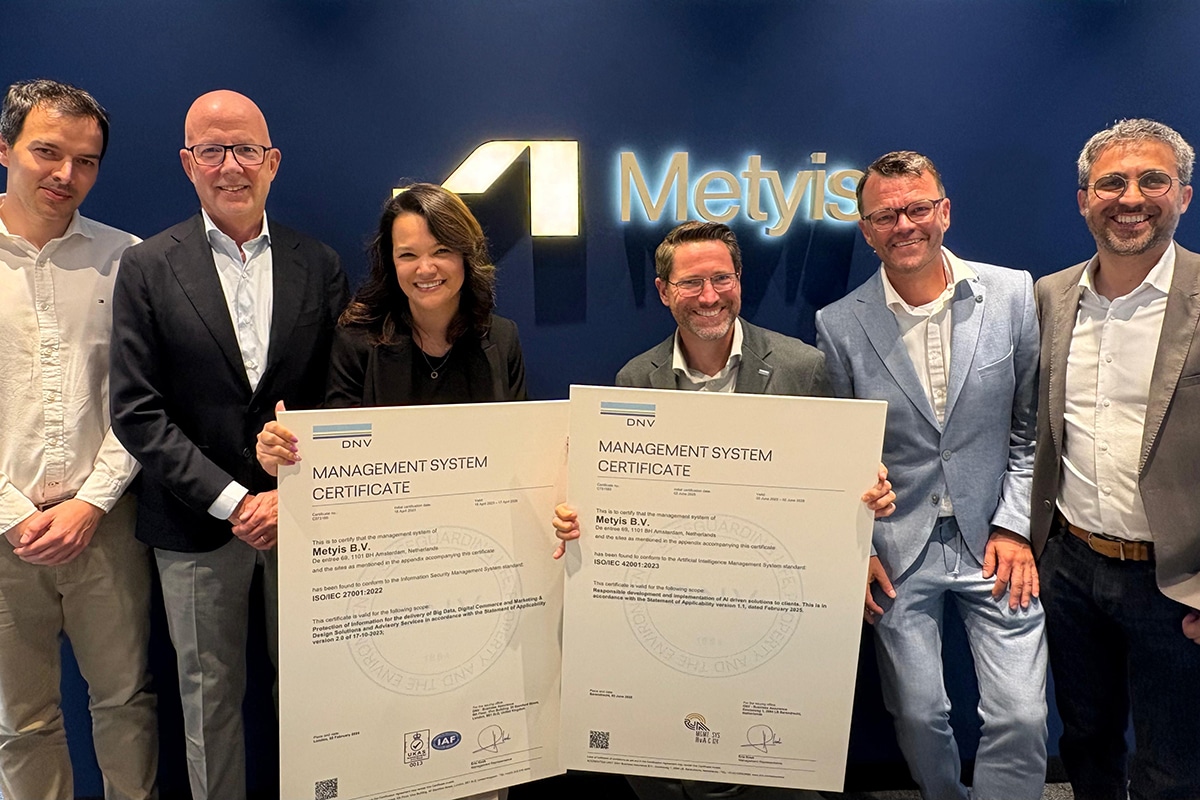
World's longest 3D printed bridge rolls out of printer
Printing of the world's longest 3D printed concrete bridge began this week. Clients Rijkswaterstaat and the municipality of Nijmegen and dozens of curious residents of the Dukenburg neighborhood, where the bridge will be located, took a look at the printing plant of Saint-Gobain Weber Beamix and BAM Infra Nederland.
Over the next few weeks, specialists from BAM Infra and Weber Beamix will be printing nearly one hundred parts of the bridge that fit together like a jigsaw puzzle, complete with cutouts to allow the concrete to be tensioned. After the construction period, all the elements will be transported to be assembled on site. Then the finishing touches will follow and the final tests will take place.
From innovation to proven technology
The bridge was designed by architect Michiel van der Kley. As clients, Rijkswaterstaat and Nijmegen have shown courage to bet on this innovation. Together with Eindhoven University of Technology as a knowledge partner and Weber Beamix, BAM Infra, Summum Engineering and Witteveen+Bos as market parties, they are turning this innovation into a proven technology.
"At Rijkswaterstaat, we strive to make promising innovations a reality," said Nelly Kalfs, Chief Engineer-Director of Rijkswaterstaat Oost Nederland. "3D-print technology has the potential to make construction more affordable, faster, more sustainable and more form-free. Initially, this technology will be particularly interesting and applicable to municipalities and provinces."
Alderman Harriët Tiemens: "Nijmegen has had a fantastic year as European Green Capital. It is great that we can add a new innovative sustainable 3D-printed bridge together with Rijkswaterstaat. It is good that here in Nijmegen we are working together with Rijkswaterstaat on the future. I am therefore particularly pleased that today we and residents of Dukenburg were able to see how the bridge is printed."
The benefits of 3D concrete printing
Applying 3D printing technology offers opportunities for the design and realization of structural applications in construction. It offers freedom in design and the 3D design environment computes modifications instantly. The design is translated into a code that the printer uses to produce the design. This digital design and execution process reduces failure costs and eliminates the need for drawings.
Pieter Bakker, 3D printing project leader at BAM Infra: "Optimal design requires less material compared to traditionally produced bridges with formwork. This is because the printer only deposits concrete where it is needed for the structural strength of the bridge. A saving of 30% is achievable. 3D concrete printing works without formwork, which saves labor and enables construction without residual waste. 3D printing technology has the potential to make construction more affordable, faster, more sustainable and form-free. With this project, the parties involved show that this is actually possible."



